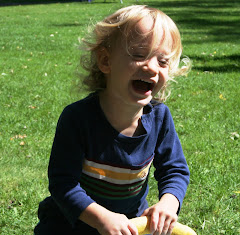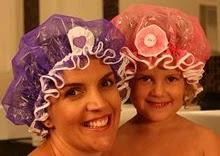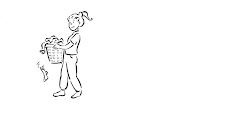Head lice don't fly or hop, but the adults can crawl fast, making them hard to spot and causing them to spread if they come in contact with another child's head. So besides the initial problem of being infected with head lice, many schools in America will not allow an infested child in the classroom until the head lice are gone.
Why Are They A Problem?
Head lice bite the scalp, causing it to itch and the person infested to scratch. These bites can become infected.
Also, the lice will crawl around in a person's hair and lay their eggs (nits). Lice eggs are small, oval-shaped or yellowish-white and attach to the hair shaft.
One louse can lay up to 100 nits that hatch in 7-10 days and take another 7-10 days to develop into an adult.
If the nits are allowed to hatch, the infestation can go on and on and spread to others. Therefore, to effectively end the problem, it is important to remove all the nits.
How Do I Know It's Head Lice?
Here are some signs to look for if you suspect your child has head lice:
· Is your child scratching his head a lot?
· Does his scalp have red or crusty scabs?
· Do you see small white or yellowish dots or spots attached to the child's hair shafts?
· Do you see any bugs crawling in his hair?
RoshNakki located in Israel and LICENDERS when in the U.S.A. are here to help. We can answer all your questions, and we can do all the combing for you too!
visit our websites: http://www.roshnakki.co.il/
http://licenders.com/
Only use natural products






























